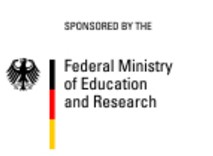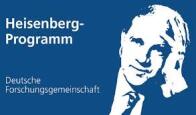Welcome to the Gökce Group
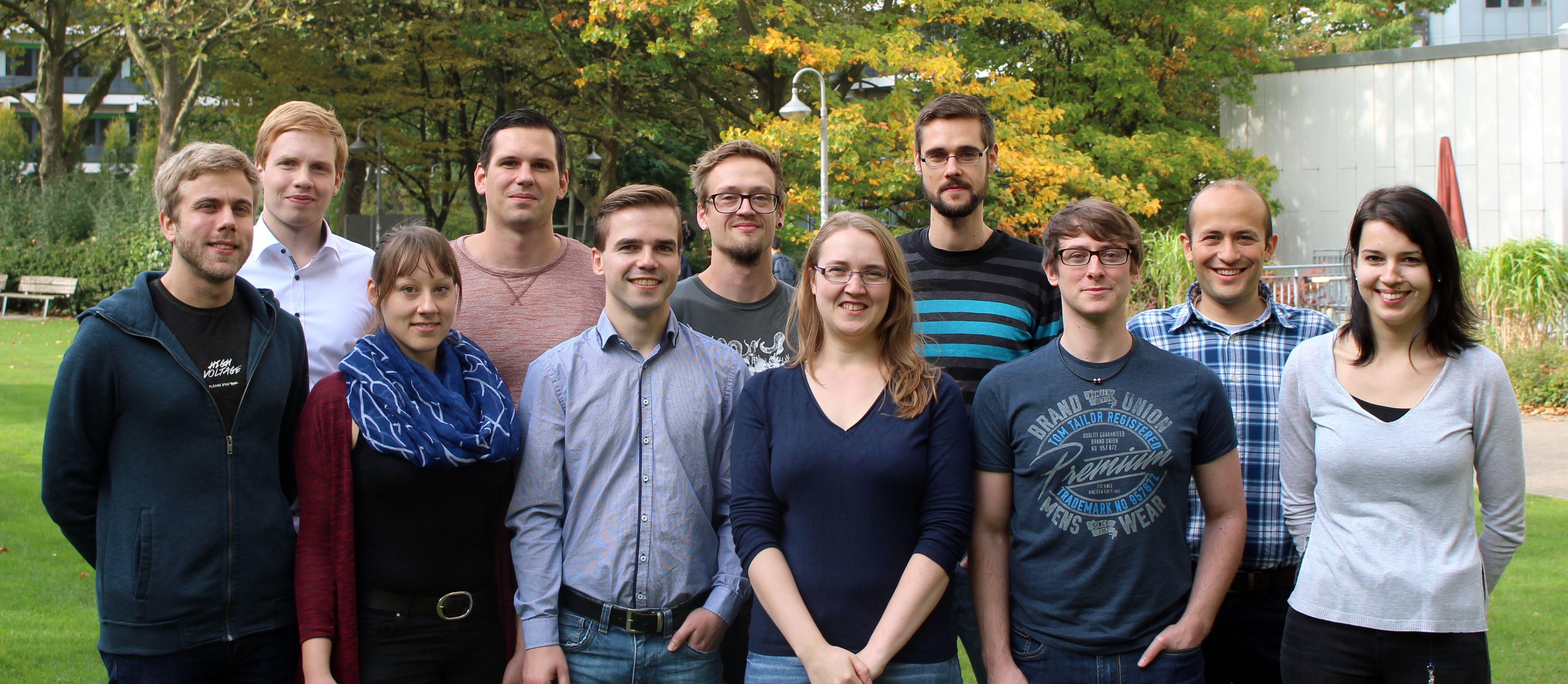
Our group explores the applications of laser-generated nanoparticles and their composites. A special focus is placed on materials for laser additive manufacturing and magnetic nanoalloys. Moreover, high power ultrafast lasers are utilized in combination with optical techniques to scale-up laser synthesis of colloids to an industrial scale .
| News |
Accepted into the DFG Heisenberg Program
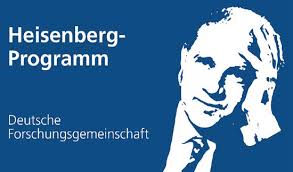
Dr. Gökce was accepted into the Heisenberg Program of the German Research Foundation (DFG). This highly prestigious program and funding is aimed at outstanding scientists who meet all the requirements for appointment to a permanent full professorship. In his accepted proposal entitled "Influence of nanoparticle additivation on microstructure formation in Laser Powder Bed Fusion" Dr. Gökce wants to study the entire process chain of additive manufacturing - from the feedstock powder material to functional component - in a holistic approach. His proposal was reviewed by several experts in the field as "perfectly described and completely convincingly justified that one can be sure that real progress in understanding the materials and developing methods will be made".
Cover of Advanced Optical Materials
Plasmonic Seasoning: Giving Color to Desktop Laser 3D Printed Polymers by Highly Dispersed Nanoparticles
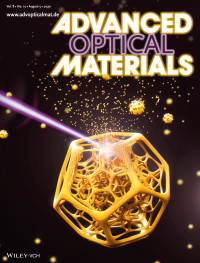
In our recent paper which was featured on the cover of Advanced Optical Materials, we establish a colloidal additivation process to decorate commercial thermoplastic polyurethane polymer micropowders with laser‐synthesized silver nanoparticles at the kg scale. The nanoparticles act as photothermal, plasmonic sensitizers already at ppm concentration level and enable laser 3D printing with a diode laser. This work demonstrates that the synthesis of new feedstock materials could facilitate the ability of the 3D printing method of laser powder bed fusion to penetrate the market of desktop 3D printers.
Advanced Optical Materials 8, 2000473, (2020) (link)
Development of a market-ready, fully automatic machine for the synthesis of colloidal nanoparticles
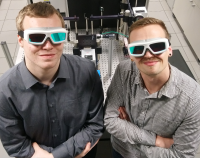
In the next 1.5 years, our group members Dr. Friedrich Waag and Tobias Bessel will develop a compact benchtop machine from prototype level to market maturity. The project is part of the "START-UP transfer.NRW" program and aims to start up a high-tech company from our university. The heart of the new device is a microchip laser, which generates colloidal nanoparticles by laser ablation in liquid. Direct colloid availability combined with simple device operability represent the main benefits of the technology over existing supply routes for colloidal nanoparticles for researchers and developers. In addition, the machine naturally also offers the great advantages of the laser-based synthesis method: material diversity, reproducibility, and purity. This project is funded by the European Union and the state of North Rhine-Westphalia.
Magnetic Materials for Efficient Energy Conversion "
Additive Manufacturing of Magnets in funded DFG CRC/TRR "Hysteresis Design of
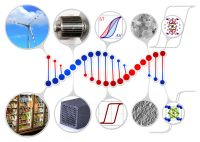 Whether super strong permanent magnets for wind turbines and electric motors or materials for magnetic cooling - for a successful energy transition and in favor of a low-emission future, new functional materials must be produced. In collaboration between groups of our university and groups from TU Darmstadt we will work in this recently funded Collaborative Research Center (CRC) on laser additive manufacturing of magnets. This CRC is initially funded for four years with around 12 million euros by the German Research Foundation (DFG).
Whether super strong permanent magnets for wind turbines and electric motors or materials for magnetic cooling - for a successful energy transition and in favor of a low-emission future, new functional materials must be produced. In collaboration between groups of our university and groups from TU Darmstadt we will work in this recently funded Collaborative Research Center (CRC) on laser additive manufacturing of magnets. This CRC is initially funded for four years with around 12 million euros by the German Research Foundation (DFG).Fojtik-Henglein Prize
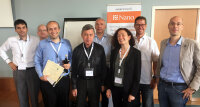
Dr. Gökce wins the Fojtik-Henglein Prize. The prize is named after the inventors of the laser-based synthesis of nanoparticle colloids, Arnim Henglein and Anton Fojtik and is being awarded every second year at the ANGEL conference to "a senior scientist for a significant scientific breakthrough within the framework of laser synthesis and processing of colloids".
Additive Manufacturing of ODS steels
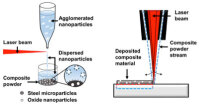
In close collaboration with Fraunhofer ILT and TU Dortmund we have developed and demonstrated a new route for the production of steel powders suitable for laser additive manufacturing of oxide-dispersion strengthened steels. Our findings were published in Materials & Design.
Materials & Design 154, 360, (2018) (link)
DFG Funding

We receive a 3-year funding from the German Research Foundation (DFG) for our joint proposal with the Institute for Materials Science entitled "Doped BiFeO3 Nanoparticles". The goal of this project is to achieve homogeneously doped nanoparticles and surface decoration of undoped or doped bismuth ferrite nanoparticles, and characterization of both in multiple ways.
Paper featured on the back cover of Nanoscale
The origin of the bimodal size distribution
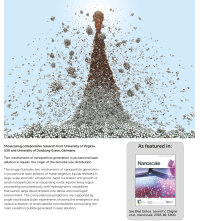
The fundamental understanding of processes leading to laser-based nanoparticle generation still remains elusive. In particular, the origin of bimodal nanoparticle size distributions in femto- and picosecond laser ablation in liquids, where small nanoparticles with narrow size distribution are commonly observed to coexist with larger ones, has not been explained so far. In this paper, joint computational and experimental efforts are applied to understand the mechanisms of nanoparticle formation in picosecond laser ablation in liquids and to explain the bimodal nanoparticle size distributions.
Nanoscale 10, 6900, (2018) (link)
DAAD research grant for a 3 month-stay at MIT

Dr. Gökce receives a DAAD research grant to visit the Center of Material Science and Engineering of Massachusetts Institute of Technology to study laser-generated nanomaterials. He will be staying in Cambridge from August until October.
Cover of ChemPhysChem
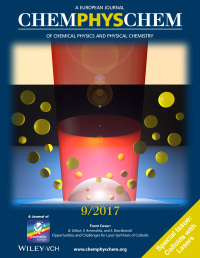
In a special issue of ChemPhysChem where the newest results on pulsed laser ablation and processing in liquids are covered, we provide the front cover and the editorial in which we describe an perspective on laser synthesis of colloids.
Opportunities and Challenges for Laser Synthesis of Colloids
B. Gökce, V. Amendola, S. Barcikowski
ChemPhysChem 18, 983, 2017 (link)
Publication in Chemical Reviews
Laser Synthesis and Processing of Colloids – Fundamentals and Applications
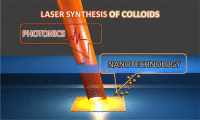
By discussing key reports on both the fundamentals and the applications related to laser ablation, fragmentation, and melting in liquids, this article presents a timely and critical review of this emerging topic.
Chem. Rev. 117, 3990, 2017 (link)
Tim Schmitz receives scholarship from Evonik Industries

Tim Schmitz receives a prestigious PhD scholarships from Evonik Industries. This scholarship is awarded to support highly talented junior researchers in the chemistry department of University of Duisburg-Essen. Tim will work on the functionalization of laser-generated magnetic nanoparticles by embedding them into polymers and enabling novel nanocomposites with potential applications in optics and electronics.
Publication in Scientific Reports
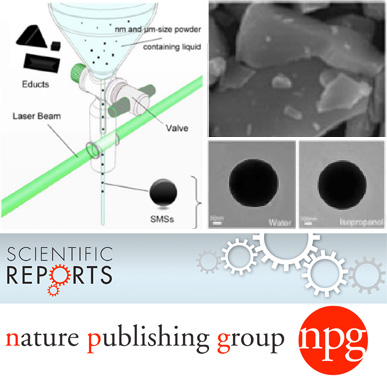
We demonstrate that the feasibility of "pulsed laser melting in liquids" strongly depends on the electron-phonon relaxation time of the irradiated suspension. Using the example of a picosecond laser system we show a facile approach to synthesize germanium submicron spheres that are relevant for various applications.
Sci. Rep. 7, 40355, 2017 (link)
Simon Siebeneicher receives Stiftung Industrieforschung scholarship
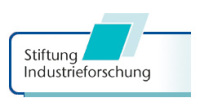
“Stiftung Industrieforschung” supports young researchers who scientifically devote themselves to crucial research questions concerning medium-sized industrial enterprises. In this manner, the foundation wants to make a contribution to the stimulation of new cooperative research between science and middle class enterprises and to intensify existing collaborations. In his work, Simon will study the pulsed laser fragmentation of cobalt ferrites and bismuth ferrites, materials relevant for novel catalysts and lead free ferroelectrics.
World record in laser-based nanoparticle synthesis
Continuous multigram nanoparticle synthesis by high-power, high-repetition-rate ultrafast laser ablation in liquids
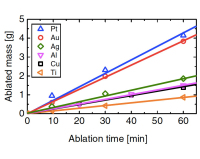
Utilizing a novel laser system consisting of a 500 W, 10 MHz, 3 ps laser source which is fully synchronized with a polygon scanner reaching scanning speeds up to 500 m/s, we demonstrate continuous multigram ablation rates up to 4 g/h for platinum, gold, silver, aluminum, copper, and titanium.
Opt. Lett. 41, 1486-1489, 2016 (link)
Paper featured on the back cover of Journal of Materials Chemistry C
Solid solution magnetic FeNi nanostrand–polymer composites
by connecting-coarsening assembly
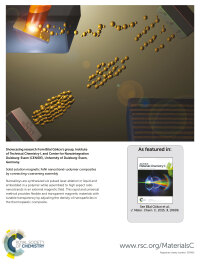
Nanoalloys are synthesized via pulsed laser ablation in liquid and embedded in a polymer while assembled to high aspect ratio
nanostrands in an external magnetic field. This rapid and universal method provides flexible and transparent magnetic materials with tunable transparency by adjusting the density of nanoparticles in the thermoplastic composite.
J. Mater. Chem. C 3, 10699-10704, 2015 (link)
Dr. Gökce elected fellow of the Global Young Faculty
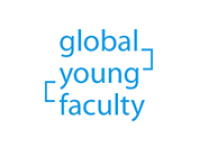
The Global Young Faculty brings together approximately 50 young academics selected from universities and non-university research institutions based in the Ruhr area. The program enables them to work autonomously in interdisciplinary groups and allows them to choose the subject and format of their work. It supports scholars in their efforts to forge new professional contacts and share ideas beyond institutional and disciplinary borders.
Paper featured on the cover of Photonik
Prozessadaptierte Materialien für die Photonik
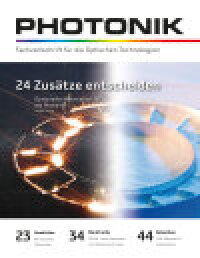
Das enorme Potenzial photonischer Fertigungsverfahren kann bis heute nicht voll ausgeschöpft werden, da viele verfugbare Materialien noch unzulänglich für die heutzutage geforderten Bearbeitungsaufgaben sind. Gezielte Veränderungen können bei Metallen, Polymeren und deren Kompositmaterialien die laserbasierte Prozessierbarkeit uberhaupt erst sinnvoll ermöglichen oder wesentlich verbessern. Neuartige Materialien können bei der Verwendung in laserbasierten Produktionsverfahren zu besonderen Funktionalitäten des Endprodukts fuhren.
Photonik 1, 24-28, 2015 (link, news on pro-physik)


